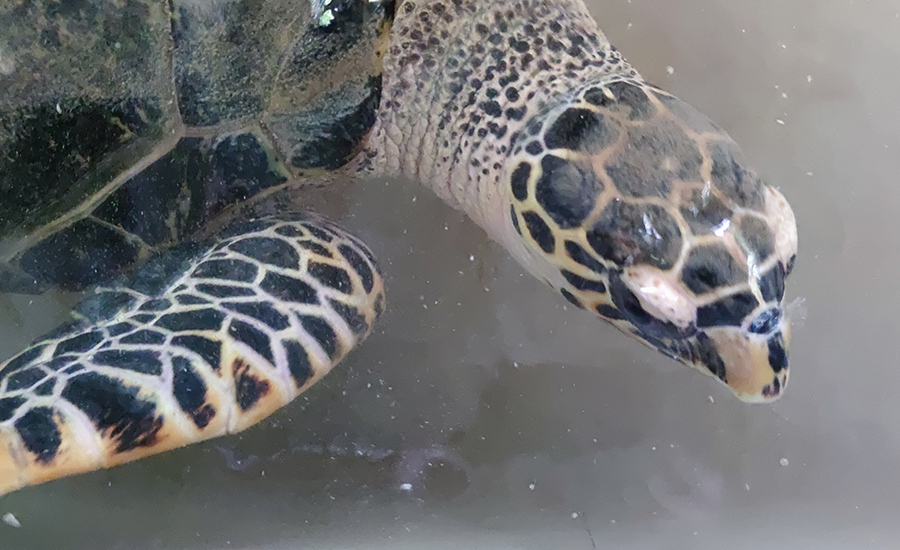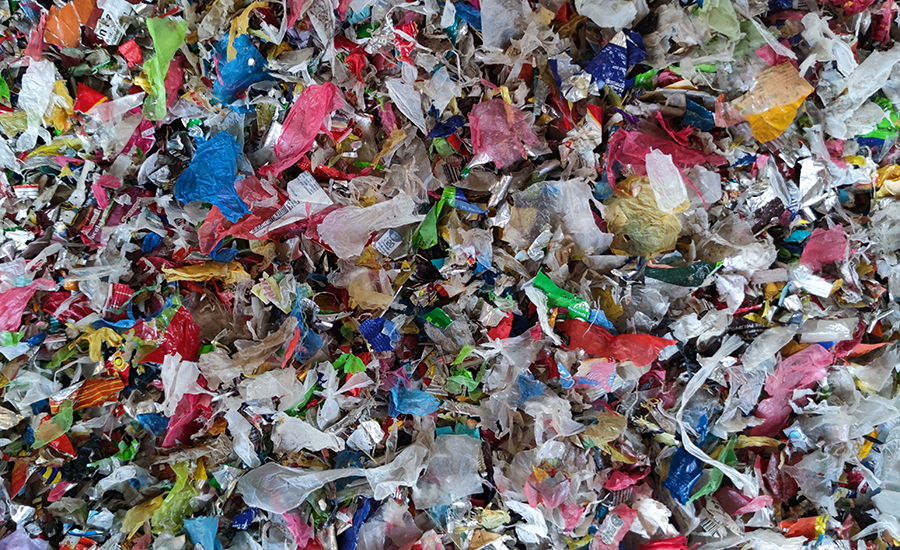The foresters determine where our new office in Patag shall be built. It will stand on a small hill close to a cemented road and be surrounded by trees.
The areas for the cultivation of timber in Patag are being expanded. The timber market is a safe and medium-term investment, because wood is the building material of the future.
We donated pagatpat mangroves for the turtle care station in Davao. Here, injured animals are nursed back to health and then released back into the wild.
This big sea turtle had deep cuts from fishermen‘s nylon nets and will be released back into the wild in a few weeks, after more than six months.
The offices are quite simply built from natural materials and are correspondingly cheap. Only the supports up to the floor are made of cement, because wood would rot quickly in the fertile and often slightly moist soil. The rest is made of wood, the roofs of grass, but have to be renewed every three to four years due to the climate. The two satellite offices save us many trips to the farmers, which is not infrequently associated with long waiting times. We attach great importance to regular meetings in order to eliminate budding problems right at the beginning. In addition, it is usually very entertaining, because during our meetings we also learn a lot about the people who work with us to shape our program for the benefit of all.
In order not to confuse you further with place names, we have put a document behind this link that shows the places where the focus of our activities are. This will also give you a better idea of the distances involved. As always, if you have any questions, always ask.
Mangroves
While we are still busy planting in the Malizia Mangrove Park, where currently about 625,000 mangroves are still missing to reach the targeted million, we are already preparing another reforestation outside Pujada Bay in Mati.
In Mati, the nurseries are well filled and we will plant again at the end of September. The seedlings will be supervised by the Mati-based Women‘s Association, with Chair Carolyn Azucena Acera and Dr. Lea Jimenez, along with their State College students. Two of our foragers will be back at the end of August to count the seedlings, check their growing condition and set the planting date according to the tidal calendar. So we are approaching the 400,000 mark with small steps, which is already not bad.
When we reach the 500,000 mangroves planted, we will have a small party with the families who raised and planted the mangrove seedlings for us in the building at the entrance to Guang Guang Nature Park, where in the future an exhibition space will inform visitors about the importance of mangroves and display exhibits of the shellfish and other marine life that decay there. On the website www.maliziamangrovepark.com you can follow the progress on a daily basis. We look forward to your „visit“.
With each wave, the oceans wash plastic onto the shores, which, as seen in the picture, gets caught in the mangroves or turns into microplastics due to the constant friction.
The new mangrove project requires that we remove one kilogram of plastic from the sea for each mangrove. That‘s eight tons to start with.
The shredded and dried waste. Packaging that has a vaporized aluminum layer on the inside causes the most problems. So avoid waste, but especially these packages.
All these garden chairs are produced from collected plastic waste. We want to have furniture for schools produced from our collections.
The new plantings are „next door“, so located just around the corner. Here the task is the same, only a little bit extended. About the importance of the mangroves our little free mangrove brochure teaches you, so we don‘t have to repeat it here. In Govenor Generoso, more precisely in San Isidro, the additional task is that we are obliged to fish one kilogram of plastic garbage out of the sea with every planted mangrove. We collect this garbage and bring it to Davao where it is melted down again and formed into various commodities. The assortment ranges from garden chairs to planters to school furniture, which we want to have built from it. The preparations are almost complete. For this action and the confidence we thank the website „click-a-tree.com and especially Chris Kaiser, who wants to make this program a long-lasting success.









